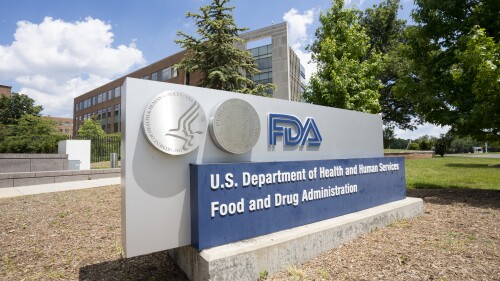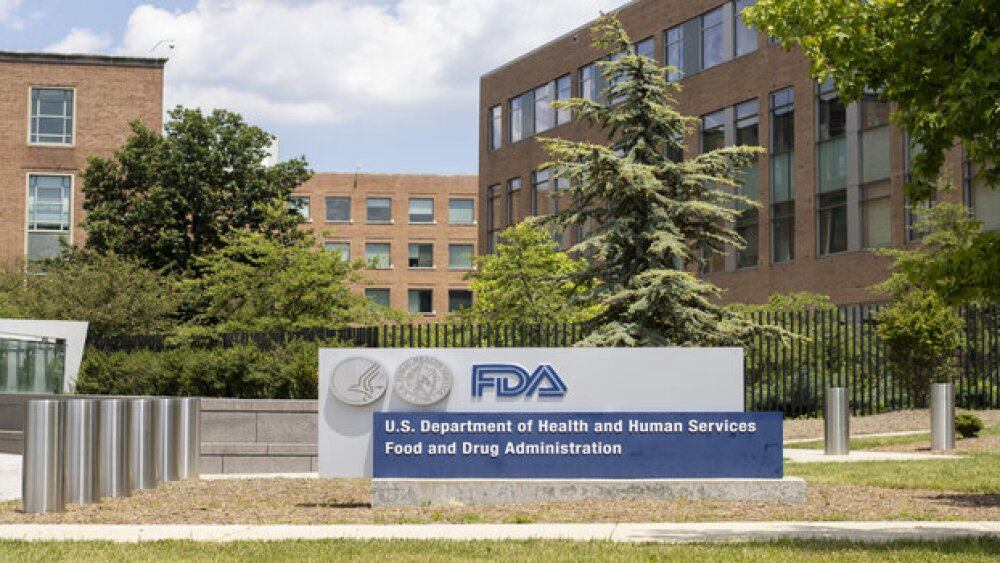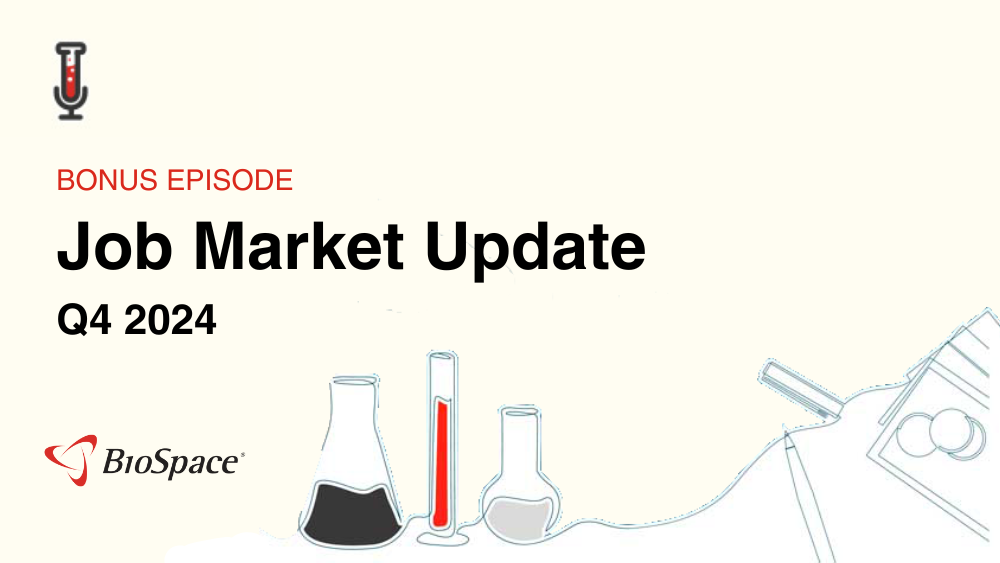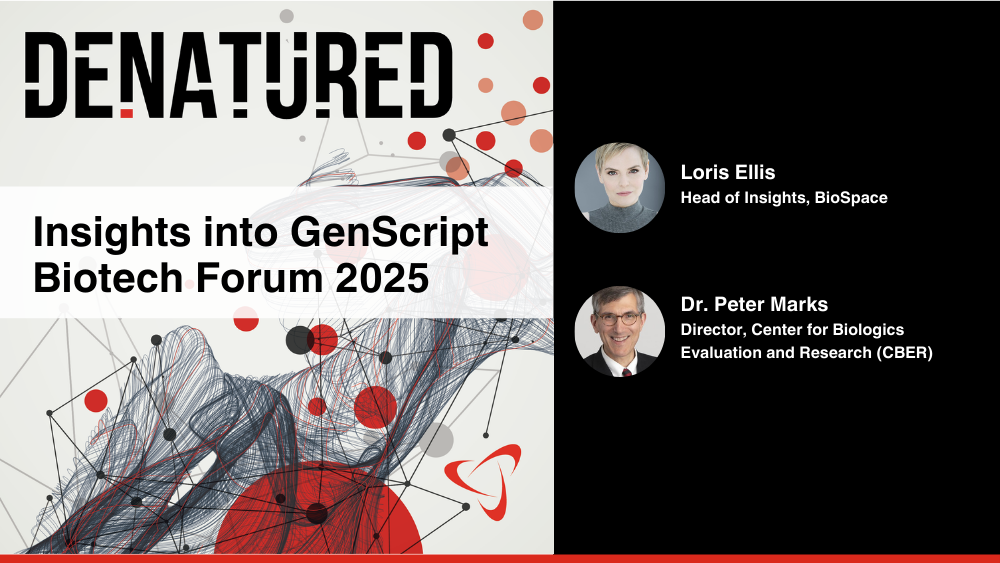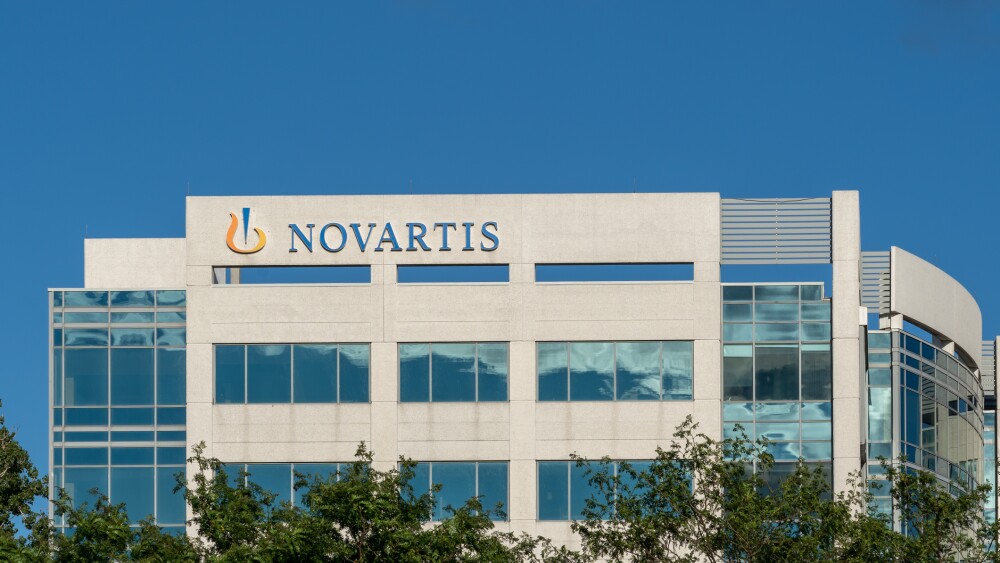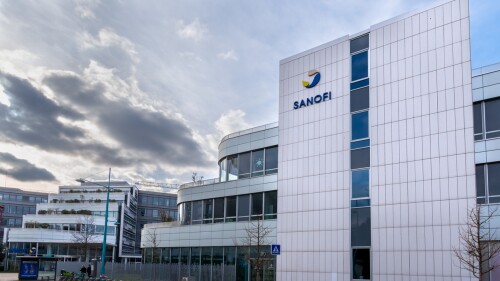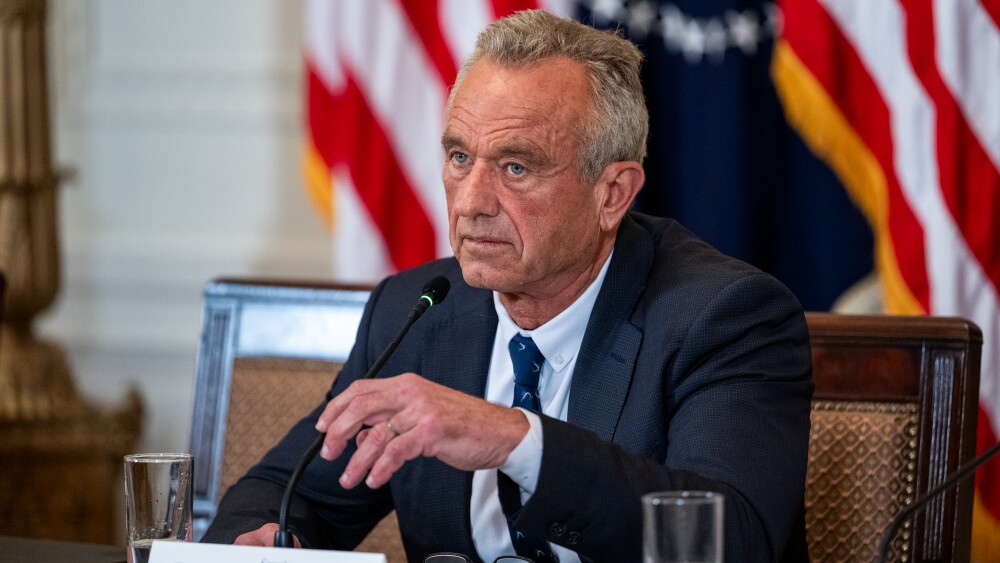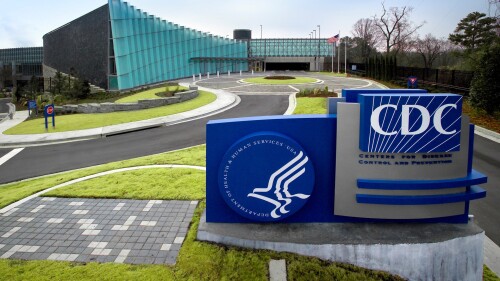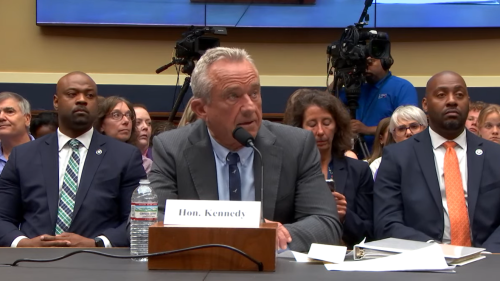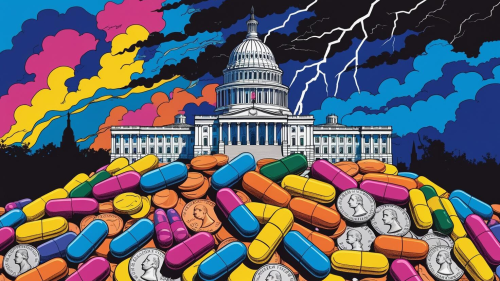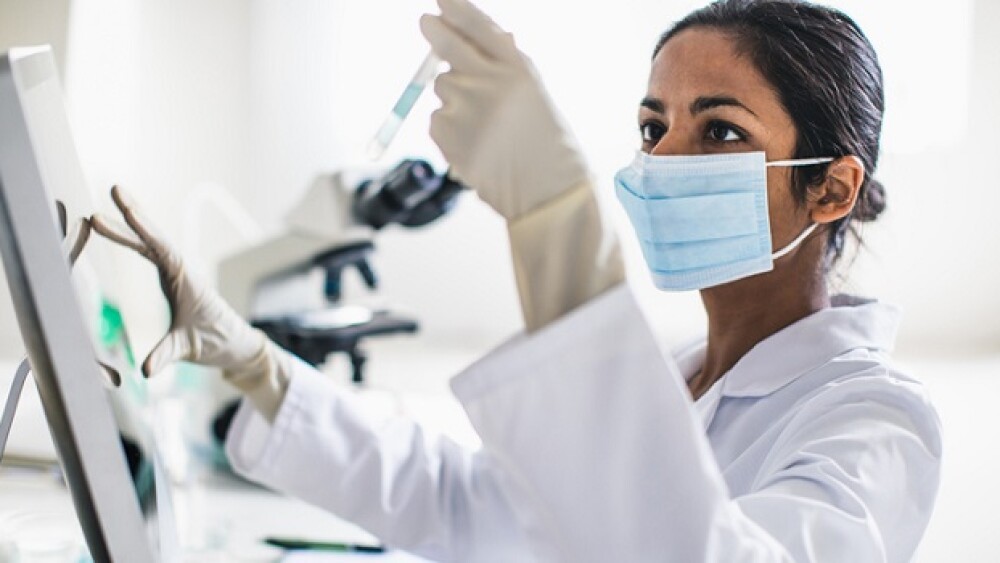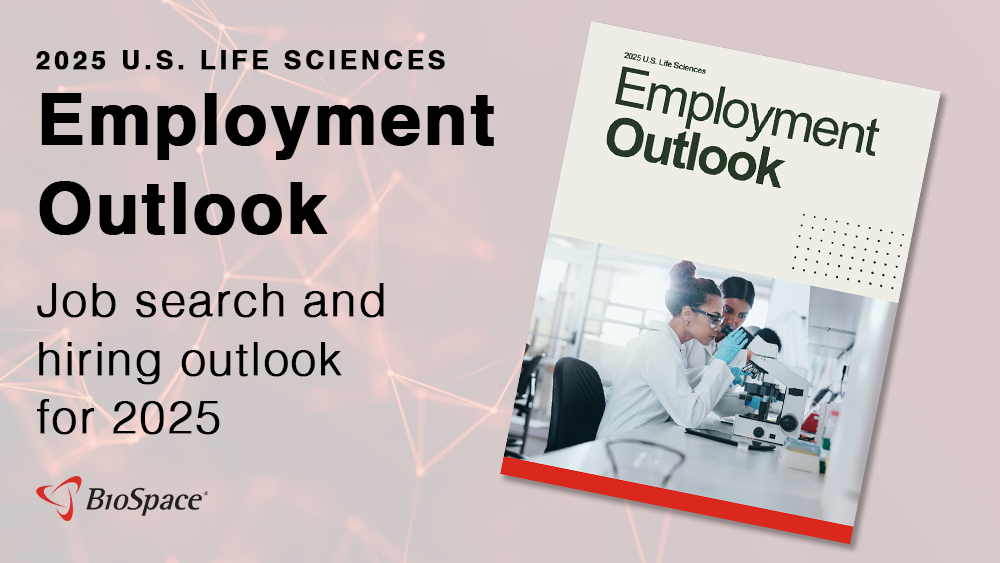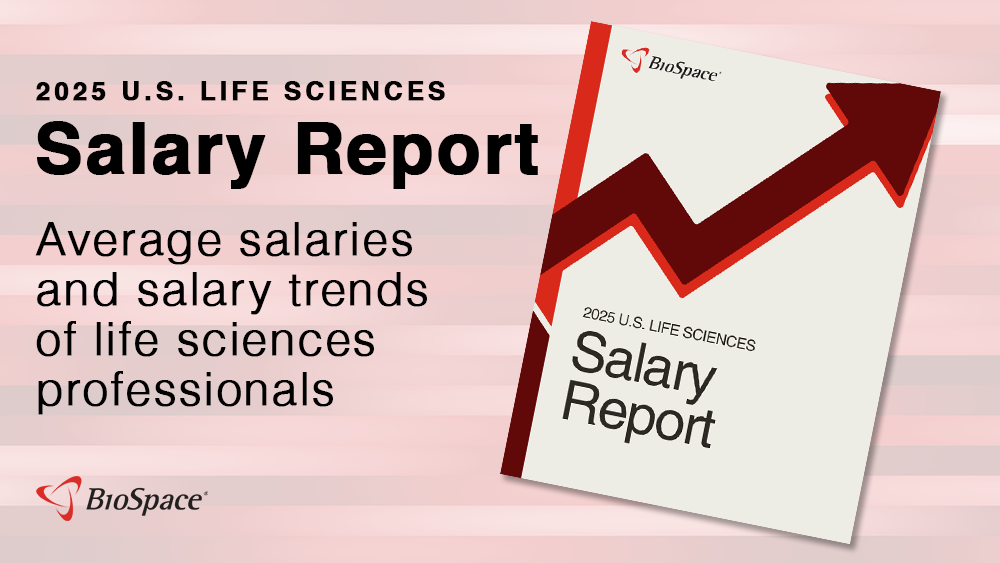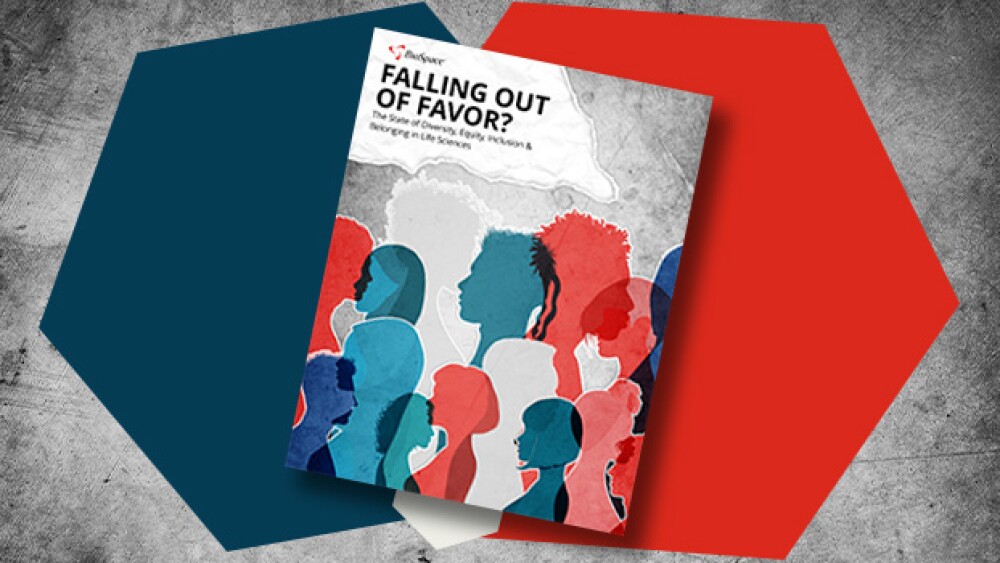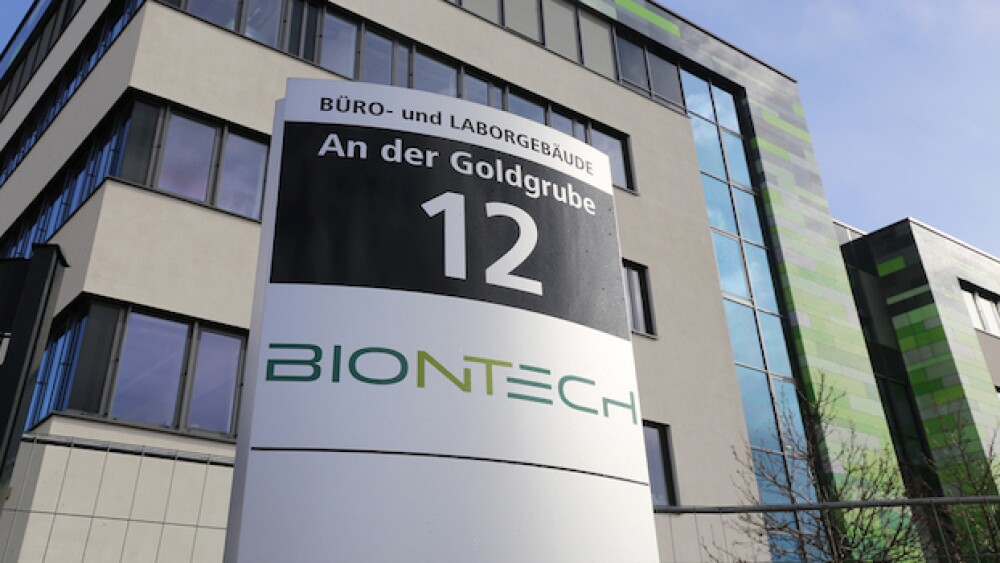A month after sparking optimism for patients with Huntington’s disease with highly positive data for AMT-130, uniQure revealed Monday that the FDA may be changing its tune on the evidence required for an approval application, a change of direction Stifel called “very challenging” for uniQure.
Pfizer has filed two separate lawsuits in an effort to stop Novo Nordisk’s unsolicited bid to acquire obesity biotech Metsera.
Vinay Prasad, chief of the FDA’s Center for Biologics Evaluation and Research, is planning to publish a paper this month to outline his office’s thinking on accelerating gene editing reviews.
Novo Nordisk, under new CEO Maziar Mike Doustdar, has a new attitude. It’s making Pfizer livid.
Skyrizi and Rinvoq made nearly $7 billion combined, almost half of the company’s income for the quarter alone.
Otsuka Pharmaceuticals could shell out over $400 million in total for the Asia-Pacific rights to 4D-150, which combines a VEGF-C inhibitory RNAi with Regeneron’s Eylea into a single ocular injection.
FEATURED STORIES
More than thirty years since its 1993 founding, Catherine Owen Adams and Elizabeth Thompson—the R&D combo that has led Acadia since last year—are managing two products on the market and a pipeline estimated to be worth an additional $12 billion in sales.
New data and analyses presented at the American Diabetes Association’s annual meeting highlight the priorities for the next generation of weight loss medicines: muscle preservation, limited side effects and novel targets.
The FDA has several big-ticket decisions lined up to close out July, including applications in lymphoma, rare diseases and a hormone deficiency, while GSK dares to DREAMM again in multiple myeloma.
Market reaction to recent readouts from Compass Pathways and Beckley Psytech/atai in treatment-resistant depression speaks to the hurdles psychedelic therapies must clear to quell concerns about commercial viability.
Only with the adoption of digital imaging and AI-powered analysis will next-generation precision oncology therapies reach their full potential and ensure no eligible patient is overlooked.
Armed with the latest biological knowledge and cutting-edge computational techniques—and, of course, investor dollars—these six biotechs are playing in the largely underappreciated longevity space, developing therapies that may improve the quality of aging.
LATEST PODCASTS
In this bonus episode, BioSpace’s vice president of marketing Chantal Dresner and careers editor Angela Gabriel take a look at Q4 job market performance and what we expect to see ahead.
In this episode of Denatured, BioSpace’s Head of Insights Lori Ellis talks to Dr. Peter Marks, Director, CBER about his thoughts on the future of cell and gene therapies.
J&J, GSK, Eli Lilly and others struck high-value transactions in the early days of biopharma’s annual kickoff conference. Meanwhile, Biogen proposes to acquire struggling neuro partner Sage, and obesity dominates discussions as Pfizer goes “all in.”
Job Trends
Although Massachusetts’ life sciences job growth increased by just 2.5% in 2023, the state continues to grow the industry, according to a new MassBioEd report.
Subscribe to GenePool
Subscribe to BioSpace’s flagship publication including top headlines, special editions and life sciences’ most important breaking news
SPECIAL EDITIONS
In this deep dive, BioSpace investigates China’s rise as a biotech powerhouse.
In this deep dive, BioSpace explores the next big thing in obesity.
BioSpace did a deep dive into biopharma female executives who navigated difficult markets to lead their companies to high-value exits.
DEALS
-
Novartis was among the most prolific pharma dealmakers in 2024, a trend that it expects to continue with more bolt-on deals this year to set up for sustainable long-term growth.
-
Sanofi’s jump in earnings comes with an increased emphasis on R&D and vaccines, plus an eye cast toward M&A to shore up its pipeline.
-
The J.P. Morgan Healthcare Conference started off with a flurry of deals that reinvigorated excitement across the biopharma industry. Johnson & Johnson moved to acquire Intra-Cellular Therapies for $14.6 billion, breaking a dealmaking barrier that kept Big Pharma’s 2024 biotech buyouts to under $5 billion.
-
Donald Trump continues to make waves in biopharma; Sage rejects Biogen’s unsolicited takeover offer; the obesity space sees more action with new company launches, IPOs and fresh data; and experts get ready for an important era in the Duchenne muscular dystrophy space.
-
Following a lawsuit filed last week, Sage has officially rejected Biogen’s unsolicited buyout offer, which valued the embattled biotech at just $469 million.
WEIGHT LOSS
-
Viking Therapeutics enjoyed a nice share rally on the news that rival Pfizer is discontinuing obesity candidate danuglipron. But the biotech has a long way to go to recover after six straight months of decline.
-
Pfizer’s discontinuation of danuglipron brings the company down to a single molecule in its obesity pipeline.
-
A consumer-driven weight loss market could put pharma at greater risk if a recession hits; the continued turmoil at FDA and other HHS agencies magnifies the uncertainty facing the industry; Lilly files a lawsuit against a med spa selling its drugs; and more.
-
Wegovy and Zepbound are just the latest drug dyads to face-off in the competitive pharma market, continuing a legacy of rivalry that includes blockbuster drugs Keytruda, Humira and Eliquis.
-
Long considered resistant to economic downturns, the pharmaceutical industry may face a greater challenge this time around as GLP-1s dominate and the population grows older.
POLICY
-
Without providing further context, HHS Secretary Robert F. Kennedy Jr. says that Gavi needs to “start taking vaccine safety seriously” by considering “the best science available.”
-
The newly appointed members of the CDC’s influential vaccine committee meet Wednesday and Thursday under an unusually rapid timeline, with unexpected topics on the agenda.
-
With much to cover, Democrats tackled Kennedy’s MAHA report; the firing of all members of the CDC’s ACIP committee; and much more. Little was accomplished, as Kennedy demurred and members of Congress accused him of risking American lives.
-
Drug pricing, budget cuts, tariffs and other shifts under the Trump administration undermine the biopharma and healthcare ecosystem.
-
Speaking at BIO2025, rare disease leaders from Ultragenyx, Amylyx and Yale questioned the need for the new regulatory pathway proposed by FDA Commissioner Marty Makary. They acknowledged, however, that creative thinking is required to enable more treatments for patients with ultrarare diseases.
Finding chemistry jobs in the life sciences industry doesn’t have to be difficult. Discover the top chemistry job options in the life sciences in our comprehensive guide.
In the wake of a global pandemic and economic downturn, the hiring market has turned on its head. BioSpace spoke with PharmaLogics Recruiting to learn how employers can stay competitive.
Beginning the job search is the first step toward starting your career after graduating with a Bachelor’s Degree in Chemistry. To help, we’ve compiled seven of the most common chemistry jobs for new grads.
BioSpace spoke with Saundra Pelletier, CEO of Evofem Biosciences, to discuss the realities of being a woman in the life sciences and find out the career moves that propelled her forward.
Becoming a chemist in the biopharma industry takes hard work, dedication and a willingness to continuously learn. Here’s what you need to know to become a biochemist.
As automation ramps up in the coming years, many jobs will be lost to machines. Here are a few life science sectors that are expected to maintain steady growth in the coming years.
HOTBEDS
REPORTS
In this Employment Outlook report, BioSpace explores current workforce sentiment, job activity trends and the prospective job and hiring outlook for 2025, particularly as it compares to the previous year.
BioSpace’s third report on diversity, equity, inclusion and belonging in life sciences examines dramatic shifts in attitude around diversity initiatives.
CANCER
-
BNT327, a PD-L1/VEGF therapy, is still currently being manufactured in China, but BioNTech is working to establish a diversified supply chain, executives said during the company’s Q1 investor call.
-
On the FDA’s docket this month are two expansion bids, one for GSK’s asthma drug Nucala into COPD and another for Merck’s oral cancer drug for a pair of rare tumors.
-
Jefferies analysts said Moderna’s first quarter was “in line,” with a miss on revenue offset by a beat on earnings per share.
-
The American Association for Cancer Research’s annual conference featured updates from several companies on key candidates and assets, including Merck’s Keytruda and GSK’s Jemperli.
-
The drug, a small molecule protein inhibitor, brought in $132 million in the first quarter, missing consensus estimates by 17%.
NEUROSCIENCE
-
Analysts at BMO Capital Markets said Centessa’s orexin receptor agonist has “best-in-class” potential for narcolepsy, putting the company in a strong position in the $15 billion market.
-
Sangamo, which has been having cash problems, will receive $18 million upfront in licensing fees for its AAV capsid that in preclinical studies has shown the ability to cross the blood-brain barrier.
-
After some high-profile crashes, the one-time biotech darling is inching toward success with its Hunter syndrome treatment, which today began a rolling BLA for accelerated approval.
-
Biopharma leaders react to the forced resignation of CBER Head Peter Marks as RFK Jr.’s promised job cuts begin at the FDA; Novo Nordisk presents mixed results from oral semaglutide in cardiovascular disease; the EU’s Committee for Medicinal Products for Human Use declines to recommend Eli Lilly’s Alzheimer’s drug; and pharma R&D returns grew in 2024.
-
The European Union’s CHMP said that the benefits of the drug, already approved in the U.S., do not outweigh the risk of potentially fatal brain swelling and bleeding.
CELL AND GENE THERAPY
-
The gene therapy world is in turmoil, but Arbor, armed with more than $1 billion in partnerships and raises, is going forward.
-
AstraZeneca has recently been investing heavily in the cell therapy space, including two acquisitions for TeneoTwo and Gracell Biotechnologies.
-
Dyne is eyeing an accelerated approval filing for DYNE-251 in early 2026 that would pit the asset against Sarepta’s Exondys 51 in a patient population amenable to exon 51 skipping.
-
Having established success in cancer, biopharma is now looking to leverage CAR T therapies against a new target, autoimmune disorders, with several early- to mid-stage readouts expected this year.
-
Johnson & Johnson and Legend Biotech hope to hit blockbuster status for Carvykti this year.






